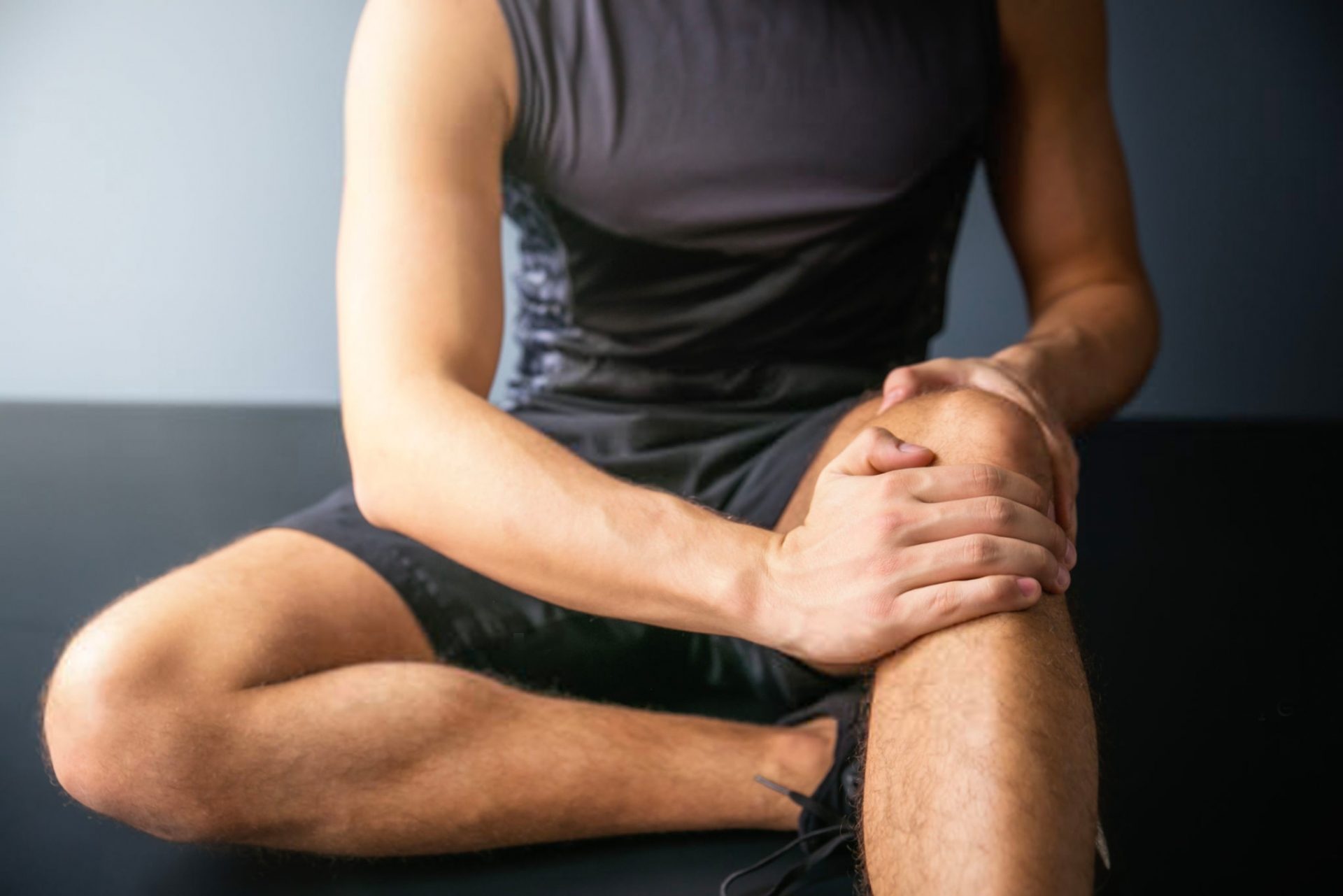Ten years ago I woke up in the recovery room following my first ACL reconstruction.
My immediate thoughts were of a Hungry Jack’s Whopper, ameliorated quickly by the presence of extreme pain.
Lasting only a few seconds before blacking out from the administration of analgesia.
Going into my second surgery I had two concerns:
- The memory of this extreme pain
- The consequences of the painkillers which had me bloated and sweating with a constant headache for 9 days, at which point coloxyl became my new best friend.
Following the most recent knee reconstruction, the first four days were relatively smooth sailing.
Filled with rest, elevation and icing.
Ice packs were God’s gift!
I began to partial weight-bear, trying to maintain a heel toe gait as much as I could.
While lying down performing foot and ankle pumps helped with swelling and circulation, and in an attempt to minimize muscle atrophy, static quads (thigh) and gluteal (bottom) squeezes became routine.
Due to having fractured part of my femoral condyle, care was taken with the quads activation/straightening of the knee to avoid irritating the fracture site, which can take months to heal.
On day 5 the recovery took a turn for the worst.
I began getting a lot of throbbing and a pulsating pain in my knee, calf, and shin.
I was no longer able to put any weight on my foot or even lower my heel to the ground.
Painkillers were of no assistance.
Once again ice was the only thing that helped, and even that only dulled the pain slightly.
After a sleepless night, I had concerns of a deep vein thrombosis (DVT) or an infection, and followed up with my surgeon.
Fortunately this was not the case, a Doppler ultrasound cleared any DVT’s and the surgeon said it was simply all the fluid and remnants of the inflammatory phase tracking down my leg and irritating the nerves.
The only solution was to ‘suck it up’.
By Day 10 the pain had settled and I recommenced rehabilitation, as like most, I needed to get back to work.
The next phase consisted of trying to regain range of motion, increasing gluteal activation and strength exercises.
Proximal stability gives the knee a strong base to work from, and reduces any unnecessary rotational forces, which in the long run reduces the risk of further ACL injury (Sugimoto, Myer, Barber Foss, & Hewett, 2014).
Functional exercises included gait retraining, and quadriceps activation to enable terminal knee extension with walking.
Increasing knee flexion enabled some gentle bridging work to get the hamstrings switching on.
The hamstrings are an important muscle group as they reinforce the ACL by preventing excessive forward movement of the tibia (shin bone).
Seventeen days post-surgery, saw me return to work.
This meant a lot of standing!! Profuse swelling continued for a few weeks, before reducing noticeably in each of the following weeks.
The mornings were very stiff, to the point where I wondered if I would ever wake up without being aware of it, once again patience was the key.
At 4 weeks post-operation, the stationary exercise bike was introduced. I was beginning to feel slightly more normal, aided by soft tissue work around and behind the knee, which made a world of difference to the range of motion the swelling.
At 6 weeks, I commenced gentle clinical Pilates using very light springs to assist with range of motion, and enabling early introduction of low level strength work for the legs and gluteals.
Importantly core and upper body work were incorporated without loading the knee.
Something to keep in mind is the condition of the hamstring, part of which the graft for the new anterior cruciate ligament can be taken from.
our or five times I had recurrent hamstring strains, every time I bent down with the hamstring on slight stretch it would go ‘pop’.
Initially it scared the hell out of me, worried it was my knee as I was lifting a portable massage table.
However, a co-worker observed all day every day at work I was standing in a position that was loading my lower back to offload my knee.
After addressing my back, the frustration of the recurring hamstring stopped.
Other important information
Weeks 4-12 are where the graft is most vulnerable, so it is important to stick to your rehabilitation as instructed by your physiotherapist!
Part 3 and 4 will be available in the coming months, any questions – come and see us or contact the clinic, we are happy to help you with your rehabilitation needs!

